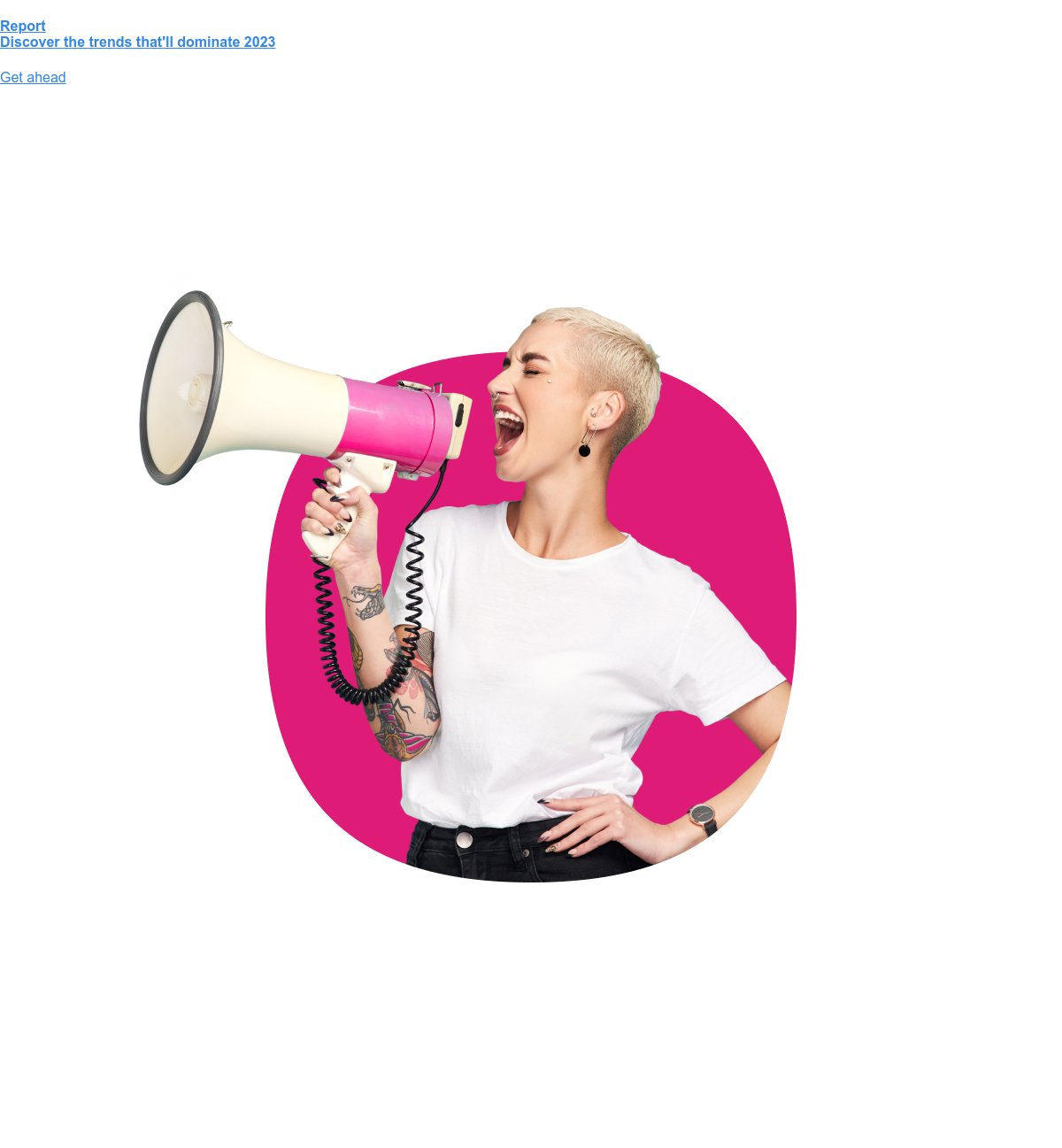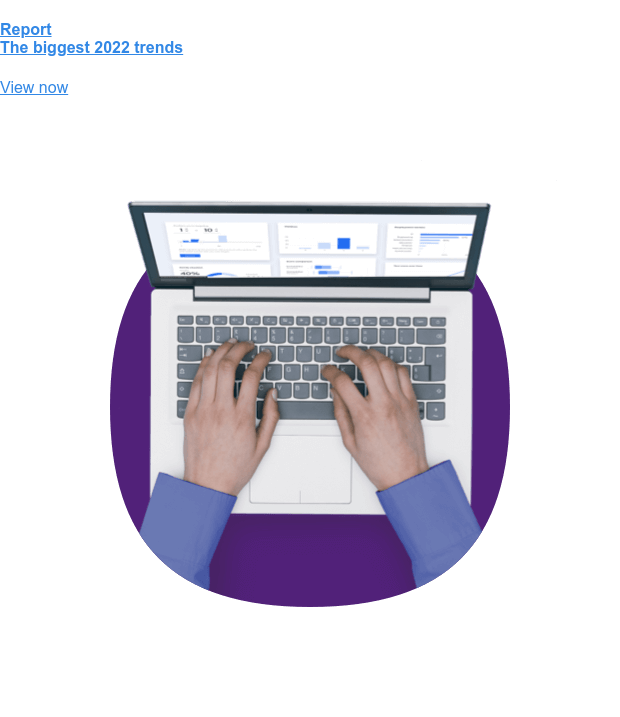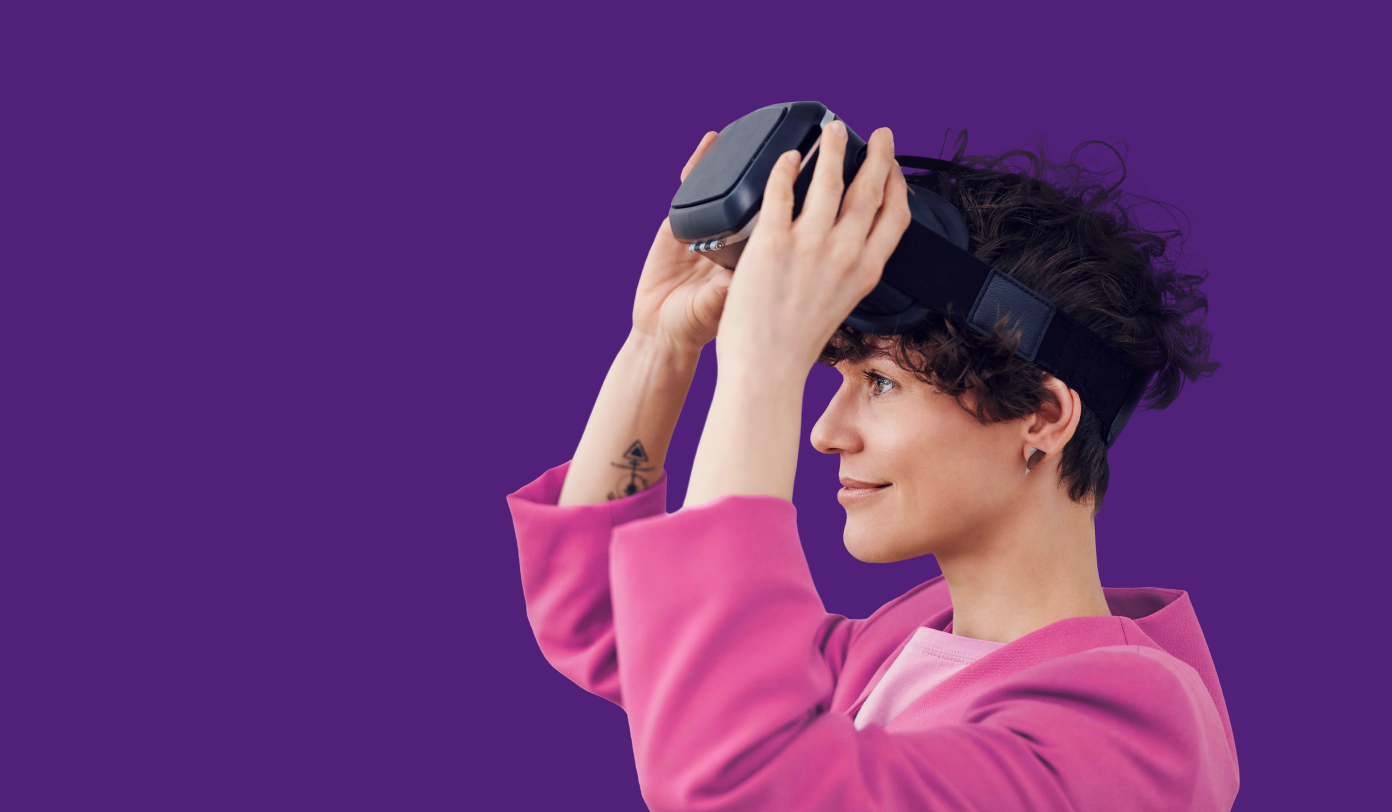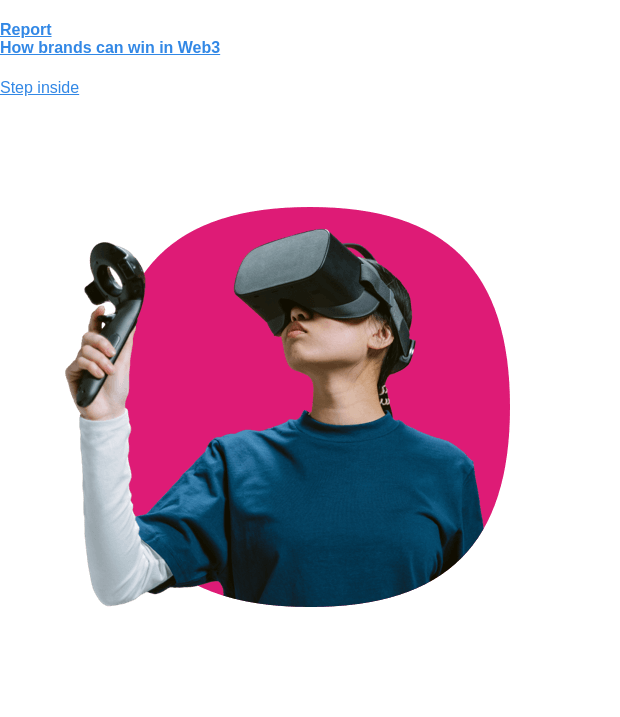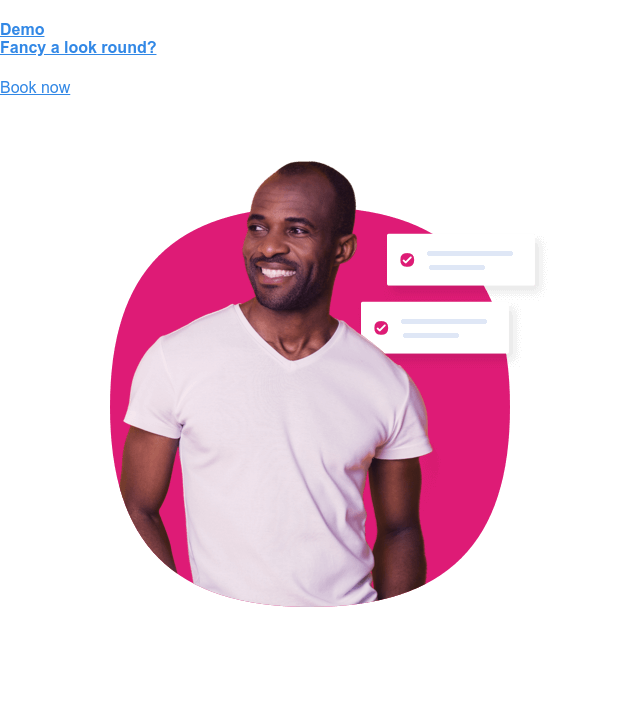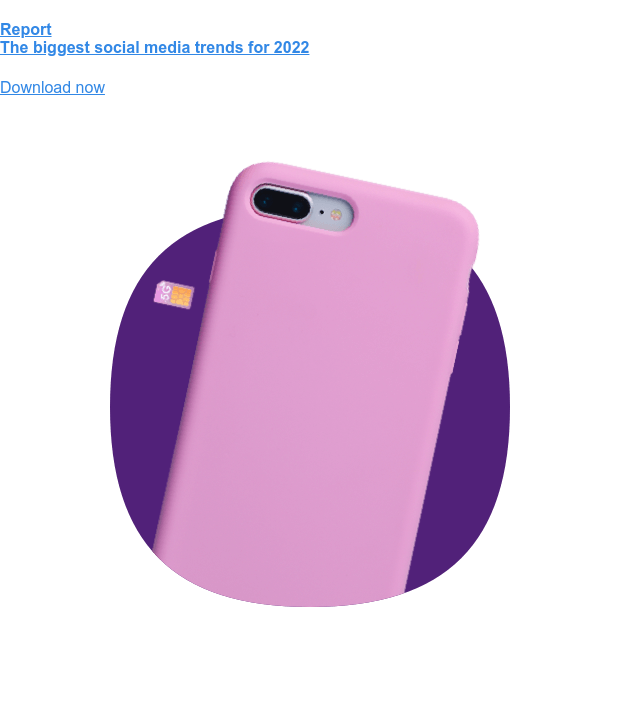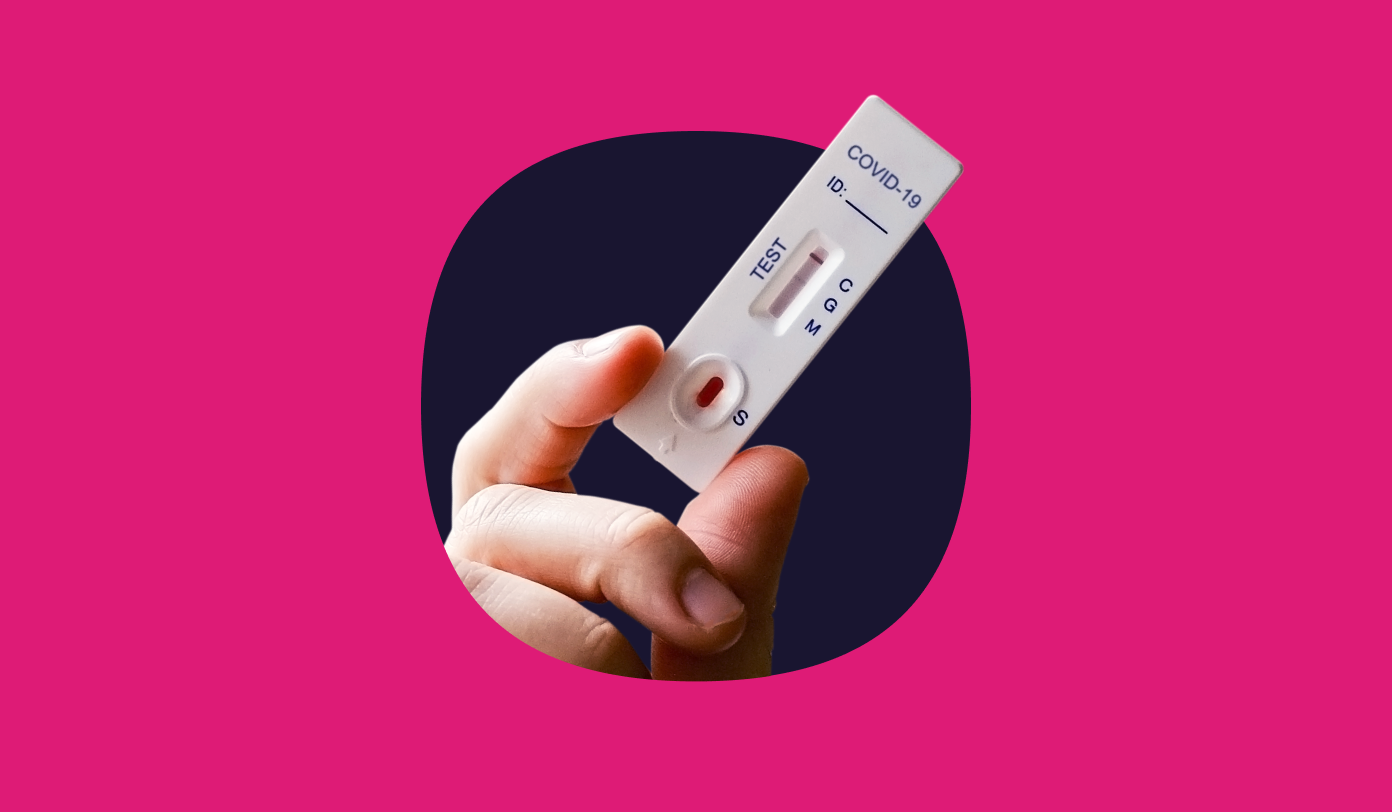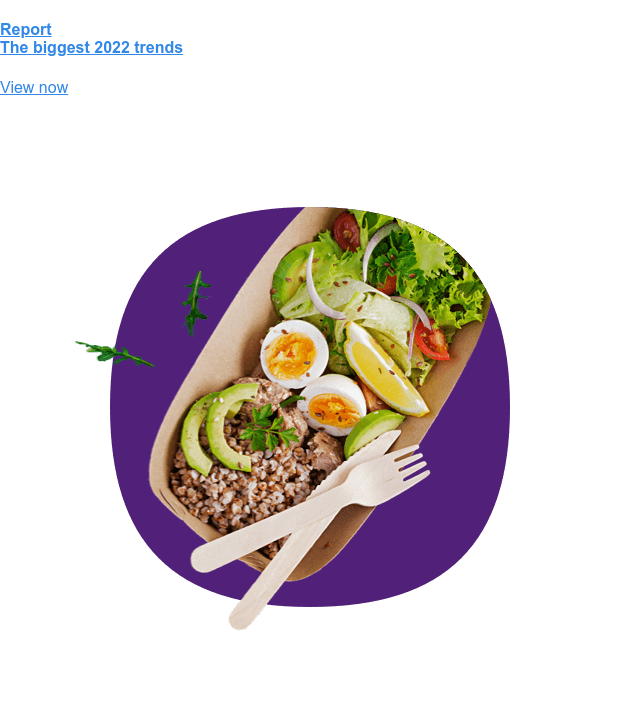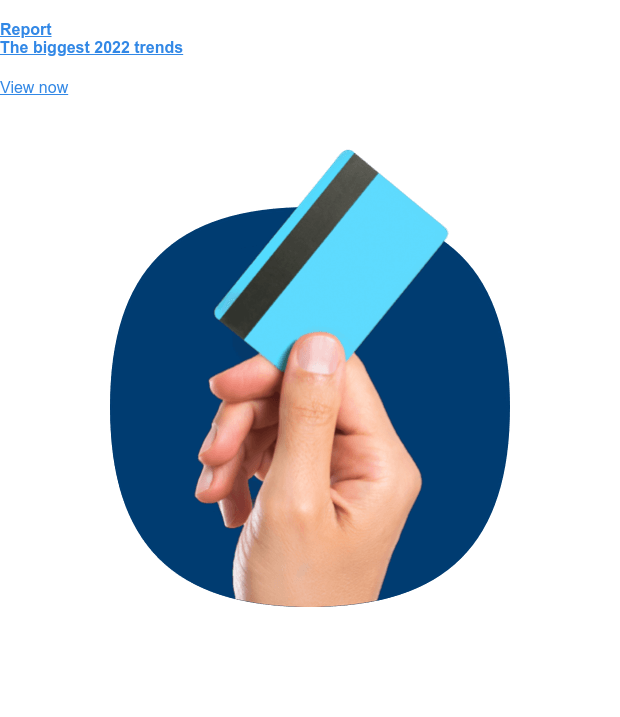
When it comes to hitting the mark with effective content marketing, location-based consumer insights are a powerful asset in increasing brand awareness among local consumers.
For some time now, both big brands and small businesses have seen huge success in using content localization to tailor large-scale digital marketing and global campaigns designed to tap into individual regions and markets.
The reason is simple: no two target markets are the same.
The ongoing shift from ‘reach’ to ‘relevance’ is urging more brands to follow suit and use localized marketing to build more effective content marketing strategies.
Using a localized marketing strategy is also crucial to avoid mistargeting and to keep your reputation intact. Many brands have experienced a steep and expensive learning curve having had regional and social media campaigns fail to resonate, or worse, offend local audiences.
These 10 brands offer great examples of how to nail localized marketing, and show why doing it right expertly enhances a brand’s position amongst target markets.
1. KFC
The strategy
In a recent marketing campaign in South Africa, KFC introduced limited-edition buckets featuring the artwork of popular illustrator, Karabo Poppy. The effort encouraged consumers to take pictures and post on social media using the hashtag #madeforsharing.
It’s similar to a holiday localized marketing campaign in the United States where they offer limited-edition buckets with Christmas-inspired designs.
Why it worked
This US-based brand has not only learned how to zero in on its target audience by tailoring its menu to accommodate regional tastes around the world, but it has also improved its presence on digital media with its marketing localization strategy.
KFC made a cultural connection that resonated with its target market with the help of influencer marketing. Though focused on a limited-edition offering, the team was able to show their understanding of different audiences and what draws them into their product.
2. H&M
The strategy
Following extensive market research to appeal to modern shoppers in Amsterdam, H&M rolled out a localized marketing campaign that spoke to the desires of their regional consumers.
In addition to stocking more local brands in the store, they also began offering new services including repairing, altering, selling, and renting clothing. In the video below, they’ve used the spirit of the city as well as the voices of their target audience to highlight the inspiration for their marketing content.
Why it worked
Focusing on the interests and lifestyle habits of their local audience in Amsterdam, H&M was able to tap into a new market by offering solutions to their environmental concerns.
It put the brand at the forefront of the sustainability conversation by being the first city to introduce the renewed retail formula. With green consumerism on the rise, this move was right on time.
Campaign strategist Diederik Luger shared, “There is a shift in culture going on. Wishes, but also values have changed. With this campaign, we want to show that H&M listens to its environment at a local level and is open to change.”
3. Netflix
The strategy
One way Netflix stays relevant to a global audience is by offering viewers options and preferences that are significantly influenced by where they are in the world.
Unfortunately, unless you’re in the States, you won’t be able to see the US version of the campaign below.
From original series and films, to documentaries and reality shows, the brand has been able to hone its powerful digital marketing strategy in local markets with relatable, culturally-accurate content.
Why it worked
These two videos demonstrate the small but mighty impact of shaping content by zeroing in on likes and viewing habits specific to the location of an audience. Having localized content that’s adapted to specific regions allows consumers to feel understood by this brand. By using insights to understand cultural influences, interests, and entertainment trends, Netflix does its part to stay connected to evolving local market preferences.
4. Nike
The strategy
This sportswear brand is truly global, but it still manages to reach 170 countries with local marketing strategies that hit home. Using the city as a backdrop, the Nike team appealed to NYCers with their “Own the Floor” campaign that epitomized the essence of what it means to live in a city that’s one big stage.
Nike – Own The Floor from Ben Dean on Vimeo.
Why it worked
Although Nike is known for its dazzling celebrity endorsements, the team went in another direction with this localization marketing ad. It combined local talent with classic NYC locations like subway platforms, pizzerias, and laundromats. The result? It showed its target audience places they recognize to demonstrate an understanding of their lifestyles and deepen the feeling of connection.
6. Oatly
The strategy
Sweden-based alternative milk company, Oatly, knows how to accommodate its various markets around the world with one simple yet practical localized marketing strategy — speaking their language.
When the team launched its comedic web series “The New Norm&Al” show, it created episodes in both German and English. Each two to five minute episode features two playful oatmilk cartoon puppets, Norm and Al, as they ease audiences into a more plant-based lifestyle.
Why it worked
Oatly was able to stay true to its European roots without alienating other markets that speak or understand English. By offering the series in two languages, they were able to boost their digital marketing strategy to reach target audiences locally and globally.
7. Frito Lay Potato Chips
The strategy
Frito Lay has used marketing localization to produce advertisements from around the world that put a spotlight on what’s interesting and popular in local markets.
In a recent ad, the team took advantage of the upcoming UEFA Champions League Final to appeal to its European audience while for its American audience, Frito Lay put the focus on the excitement building around the Super Bowl.
Why it worked
The brand’s marketing strategy gave the team the opportunity to directly speak to its target market with localized content that mirrors their interests. By using a local event, it was able to tailor its insight with familiarity to speak to global consumers on a personal level about the sports that appeal to the region.
8. Vogue
The strategy
This global fashion publication has always been known for being cutting edge when it comes to trending styles and pop culture. In these two videos, the team enlists models Winnie Harlow from America and Vanesa Lorenzo from Spain to show off their personal style and talk about their outfits for the week. It’s a behind-the-scenes look at what inspires their looks.
In addition to investing time and effort to produce its magazine in every local language it has for its editions, the team has also leveraged its reputation by implementing influencer marketing to increase its digital presence in regional markets.
Why it worked
This digital marketing strategy highlights Vogue’s commitment to making sure its target audience showing celebrities that are recognizable globally and on a regional level. From makeup tutorials to their popular “7 Days, 7 Looks” series, they’ve recruited celebrities from around the world to help them reach their regional target audiences. It ensures that the content is not only culturally-compatible but also linguistically familiar.
Marketing localization using data
Gathering regional insights using GWI is simple, here’s how:
- Create detailed target market segments based on:
- Behaviors
- Demographics
- Psychographics
- Decide what you want to know about a local consumer, such as:
- Consumer trends
- Purchasing patterns
- Brand advocacy trends
- Attitudes and perceptions to wider life
- Apply your segments and questions to a specific nation, region and/or city.
- Analyze segments, comparing data points against regional and global averages.
Local insights are the foundation of a strong localized marketing strategy. Resources like our market snapshots make it possible to identify the biggest trends — from social media to mobile device use — affecting your key market and region.
Location-based survey data allows you not only to analyze the behaviors of local markets but understand what matters to them as individuals. It gives you a lens through which you can measure opportunity and risk with clarity.
